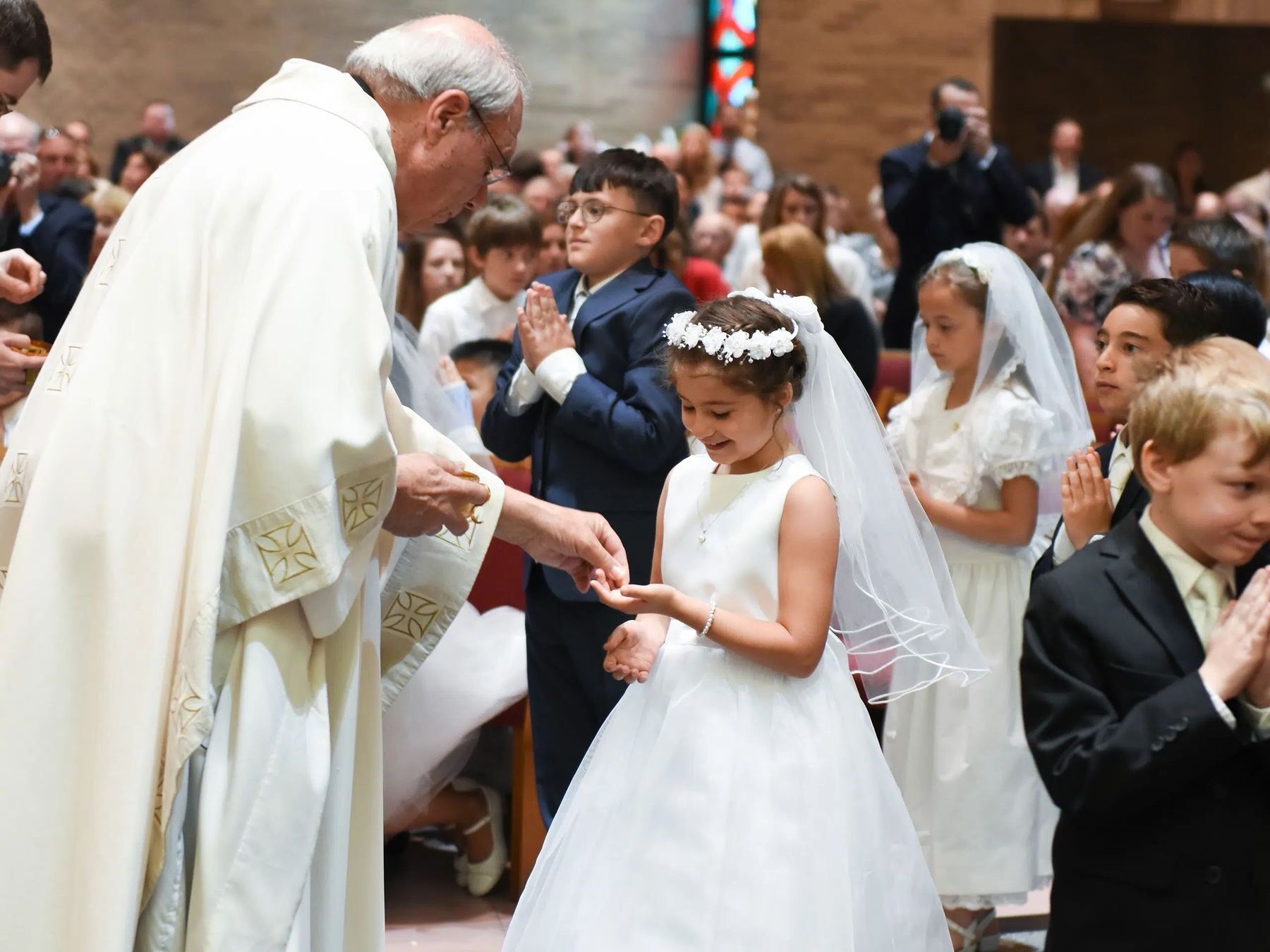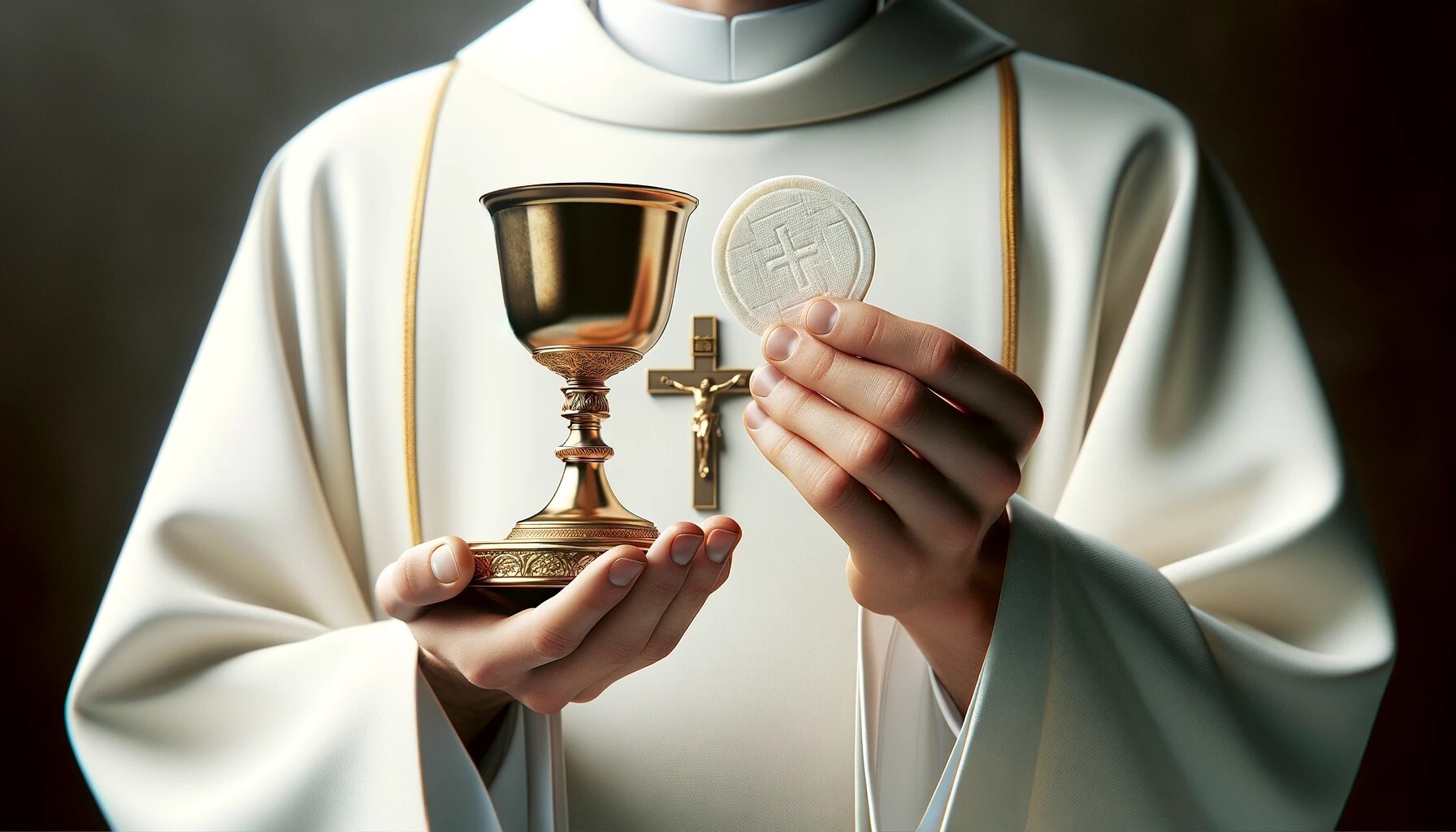
First Communion is a significant milestone in many Christian traditions, especially within the Catholic Church. This sacred event marks a child's first reception of the Eucharist, symbolizing their deeper integration into the faith community. But what makes First Communion so special? For starters, it represents a young believer's readiness to partake in the sacrament of the Holy Eucharist, a rite believed to embody the body and blood of Jesus Christ. Families often celebrate this occasion with gatherings, special attire, and heartfelt prayers. Understanding the traditions, symbols, and preparations involved can enrich the experience for both the child and their loved ones. Let's explore 30 intriguing facts about this cherished religious ceremony.
What is First Communion?
First Communion is a significant milestone in the life of a young Catholic. It marks the first time a person receives the Eucharist, a central sacrament in the Catholic faith. Here are some fascinating facts about this important religious event.
-
First Communion typically occurs around the age of seven or eight. This age is chosen because it is believed that children can understand the significance of the sacrament.
-
The Eucharist is considered the body and blood of Jesus Christ. Catholics believe that during Mass, the bread and wine transform into Jesus' body and blood.
-
Preparation for First Communion involves religious education. Children usually attend classes to learn about the Eucharist and other aspects of their faith.
-
First Communion is usually celebrated during a special Mass. This Mass is often attended by family and friends, making it a memorable occasion.
-
Children often wear special clothing for the ceremony. Girls typically wear white dresses and veils, while boys may wear suits or other formal attire.
Historical Background
Understanding the history behind First Communion can provide deeper insight into its significance and traditions.
-
The practice dates back to the early Christian Church. Early Christians celebrated the Eucharist as a community meal, reflecting Jesus' Last Supper with his disciples.
-
The term "First Communion" became common in the Middle Ages. During this period, the Church formalized many of its rituals and sacraments.
-
Pope Pius X lowered the age for First Communion in 1910. Before this, children often waited until their early teens to receive the sacrament.
-
The Council of Trent (1545-1563) reaffirmed the importance of the Eucharist. This council addressed various issues within the Church, including the significance of sacraments.
-
The tradition of wearing white dates back to the 19th century. White symbolizes purity and is reminiscent of baptismal garments.
Cultural Variations
First Communion practices can vary widely depending on cultural and regional traditions.
-
In Spain, children often receive gifts of religious significance. These can include rosaries, prayer books, or medals.
-
In Mexico, First Communion is a grand celebration. Families often host large parties with food, music, and dancing.
-
Irish families may celebrate with a special breakfast. This meal often includes traditional foods like soda bread and tea.
-
In the Philippines, First Communion is often part of a larger religious festival. These festivals can include processions, feasts, and other community activities.
-
Italian children may receive a special blessing from the Pope. This is particularly common for those who live in or near Rome.
Symbolism and Traditions
The symbols and traditions associated with First Communion add layers of meaning to the ceremony.
-
The white dress symbolizes purity and new beginnings. It is a visual reminder of the child's baptism.
-
The veil represents humility and reverence. Wearing a veil is a sign of respect for the sacredness of the Eucharist.
-
Candles are often used during the ceremony. They symbolize the light of Christ and the child's commitment to their faith.
-
Rosaries are common First Communion gifts. These prayer beads help children develop a habit of prayer.
-
The chalice and host are central symbols. They represent the body and blood of Christ, which the child receives for the first time.
Modern Practices
While rooted in tradition, First Communion has evolved to include some modern practices.
-
Photographers are often hired to capture the event. Families cherish these photos as keepsakes.
-
Many children receive personalized gifts. These can include engraved jewelry, custom prayer books, or other mementos.
-
Some families create scrapbooks to commemorate the day. These scrapbooks often include photos, cards, and other memorabilia.
-
Digital invitations are becoming more common. Families use email or social media to invite guests to the ceremony and celebration.
-
Virtual celebrations have emerged due to the COVID-19 pandemic. Some families have hosted online gatherings to include distant relatives.
The Role of Family and Community
Family and community play a crucial role in making First Communion a meaningful experience.
-
Godparents often have a special role in the ceremony. They may present the child with a gift or offer a blessing.
-
Parish communities often host receptions after the Mass. These gatherings allow families to celebrate together.
-
Siblings and cousins may participate in the ceremony. They can serve as altar servers, readers, or choir members.
-
Family traditions often include a special meal. This meal can be a simple family dinner or a large party with extended family and friends.
-
Community support helps reinforce the child's faith. The presence of family, friends, and fellow parishioners makes the day even more special.
Final Thoughts on First Communion
First Communion holds deep significance for many families. It marks a child's first reception of the Eucharist, symbolizing their deeper connection to their faith. This rite of passage often involves months of preparation, including learning prayers, understanding the sacraments, and attending catechism classes. The ceremony itself is usually a grand affair, celebrated with family gatherings, special outfits, and memorable photographs.
Understanding the traditions and facts surrounding First Communion can enrich the experience for everyone involved. From the history of the sacrament to modern-day practices, each aspect adds layers of meaning to this important milestone. Whether you're preparing for your child's First Communion or simply curious about the tradition, knowing these facts can provide valuable insights.
So, next time you attend a First Communion, you'll appreciate the depth and beauty of this cherished rite.
Was this page helpful?
Our commitment to delivering trustworthy and engaging content is at the heart of what we do. Each fact on our site is contributed by real users like you, bringing a wealth of diverse insights and information. To ensure the highest standards of accuracy and reliability, our dedicated editors meticulously review each submission. This process guarantees that the facts we share are not only fascinating but also credible. Trust in our commitment to quality and authenticity as you explore and learn with us.


